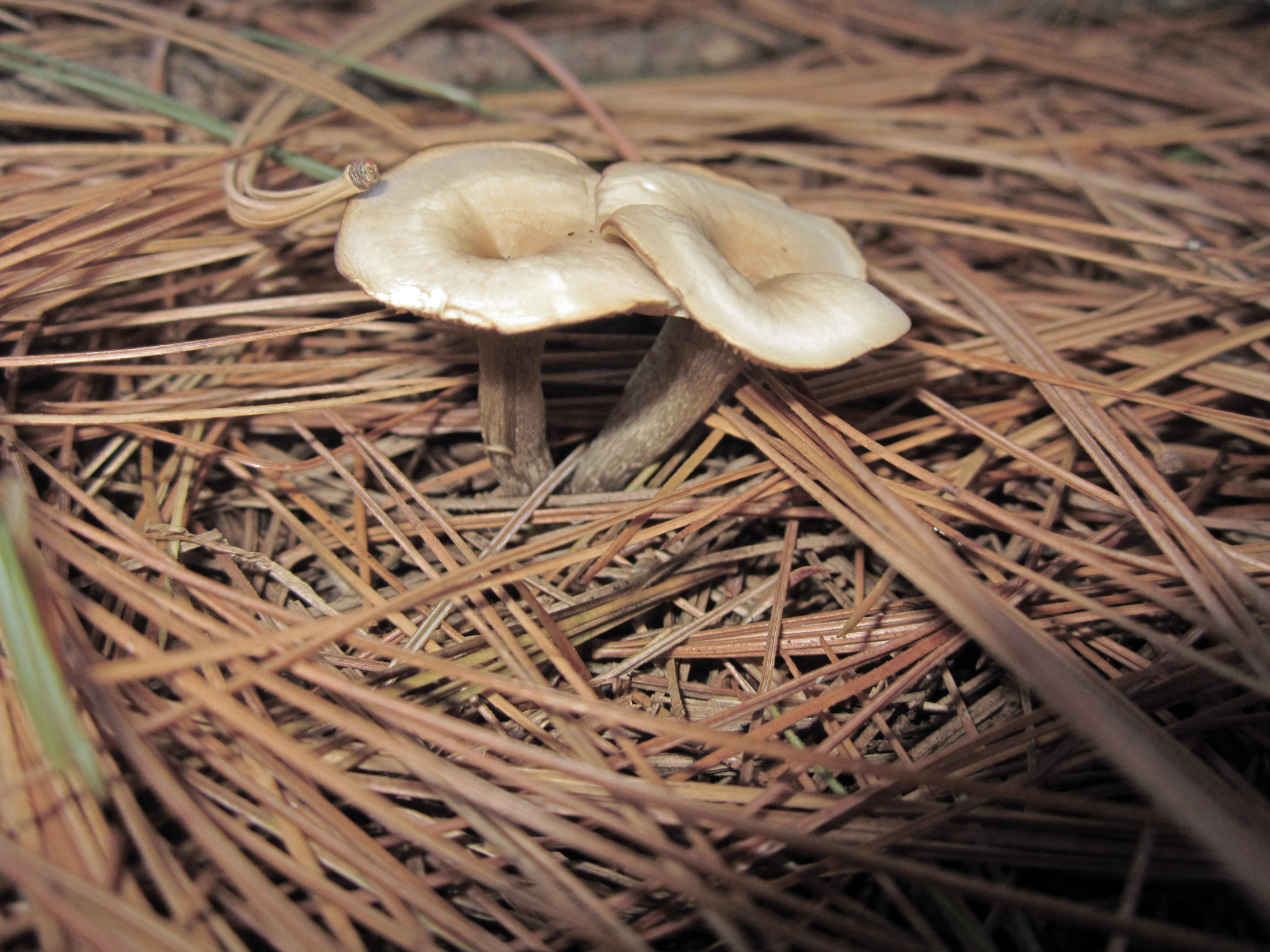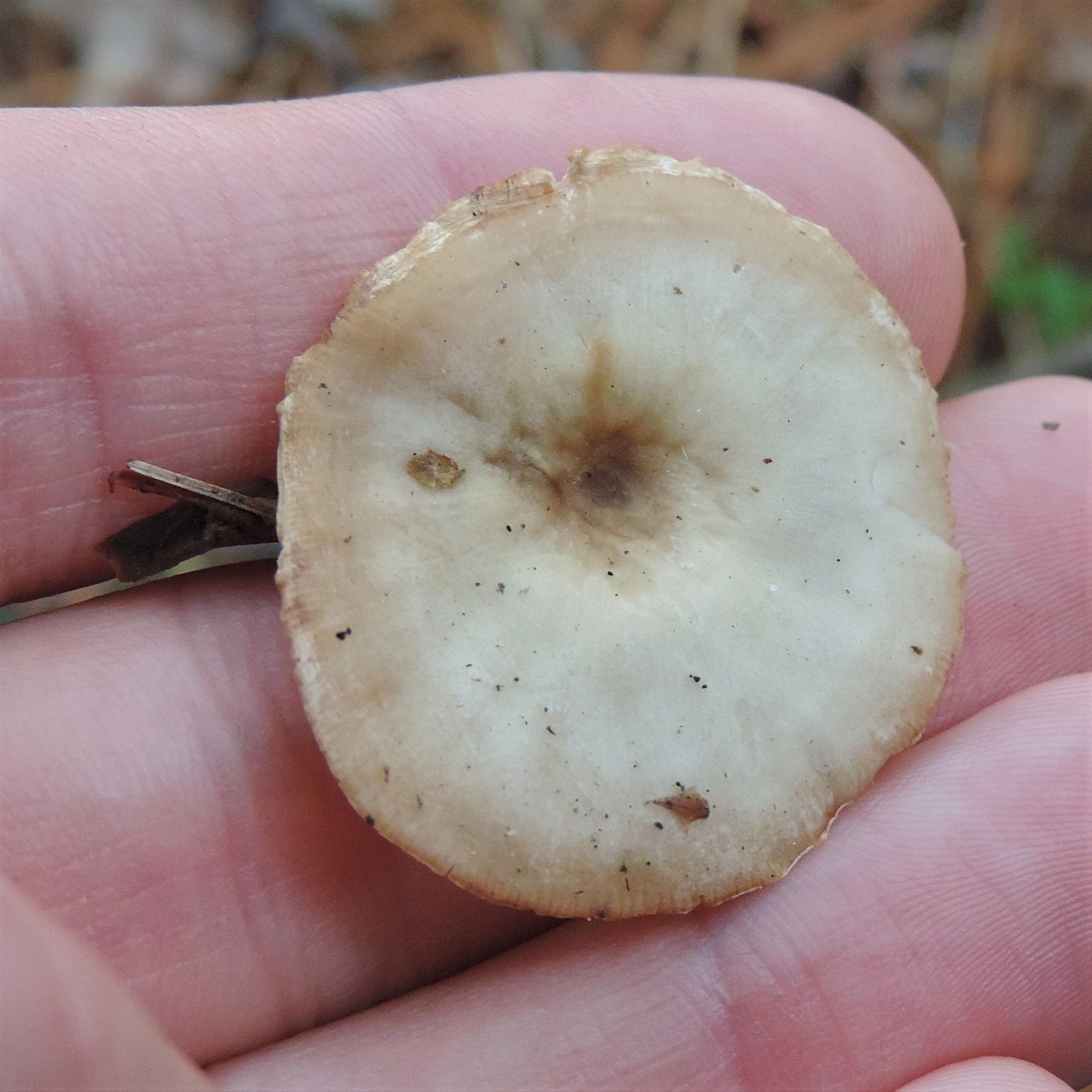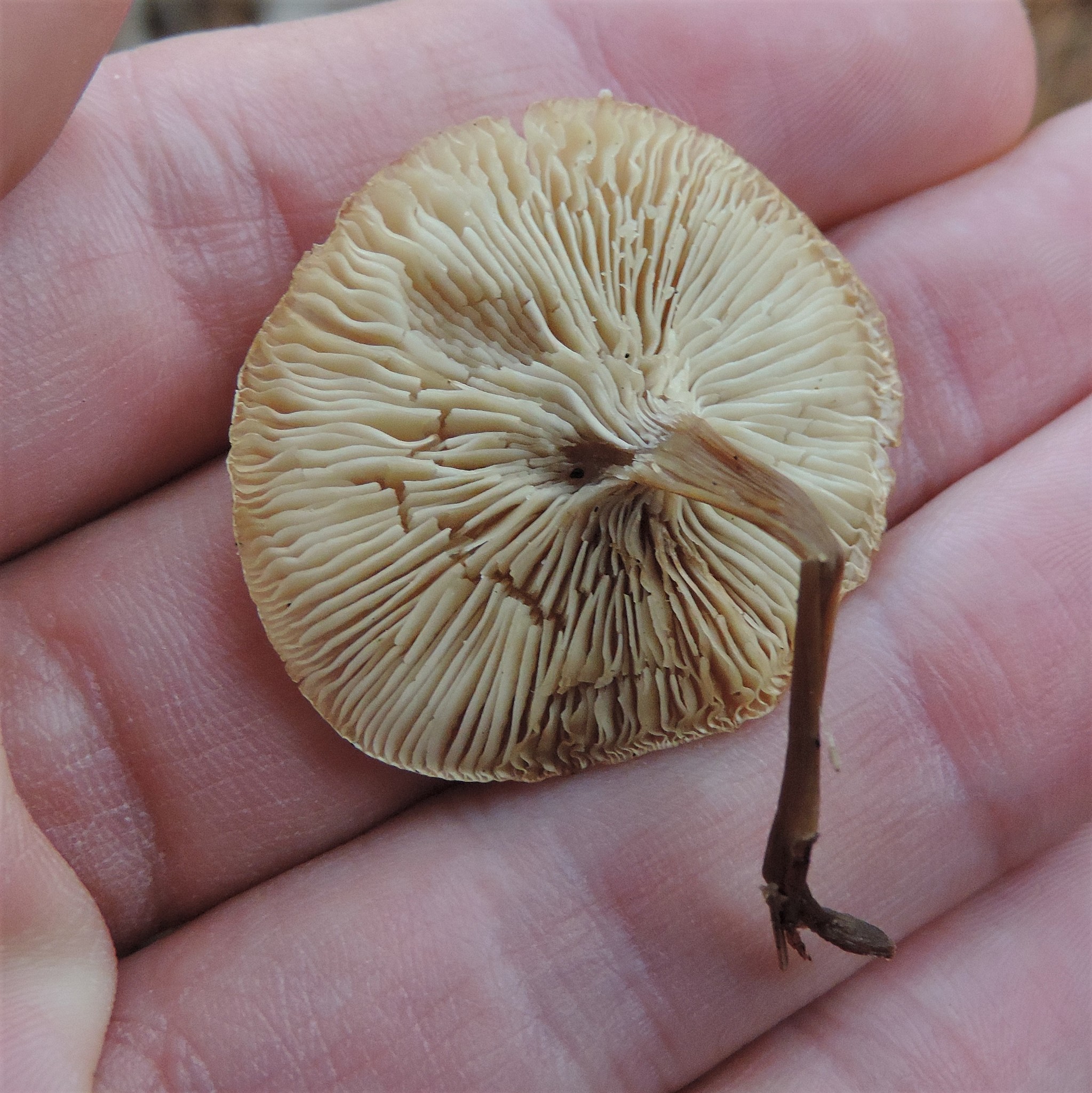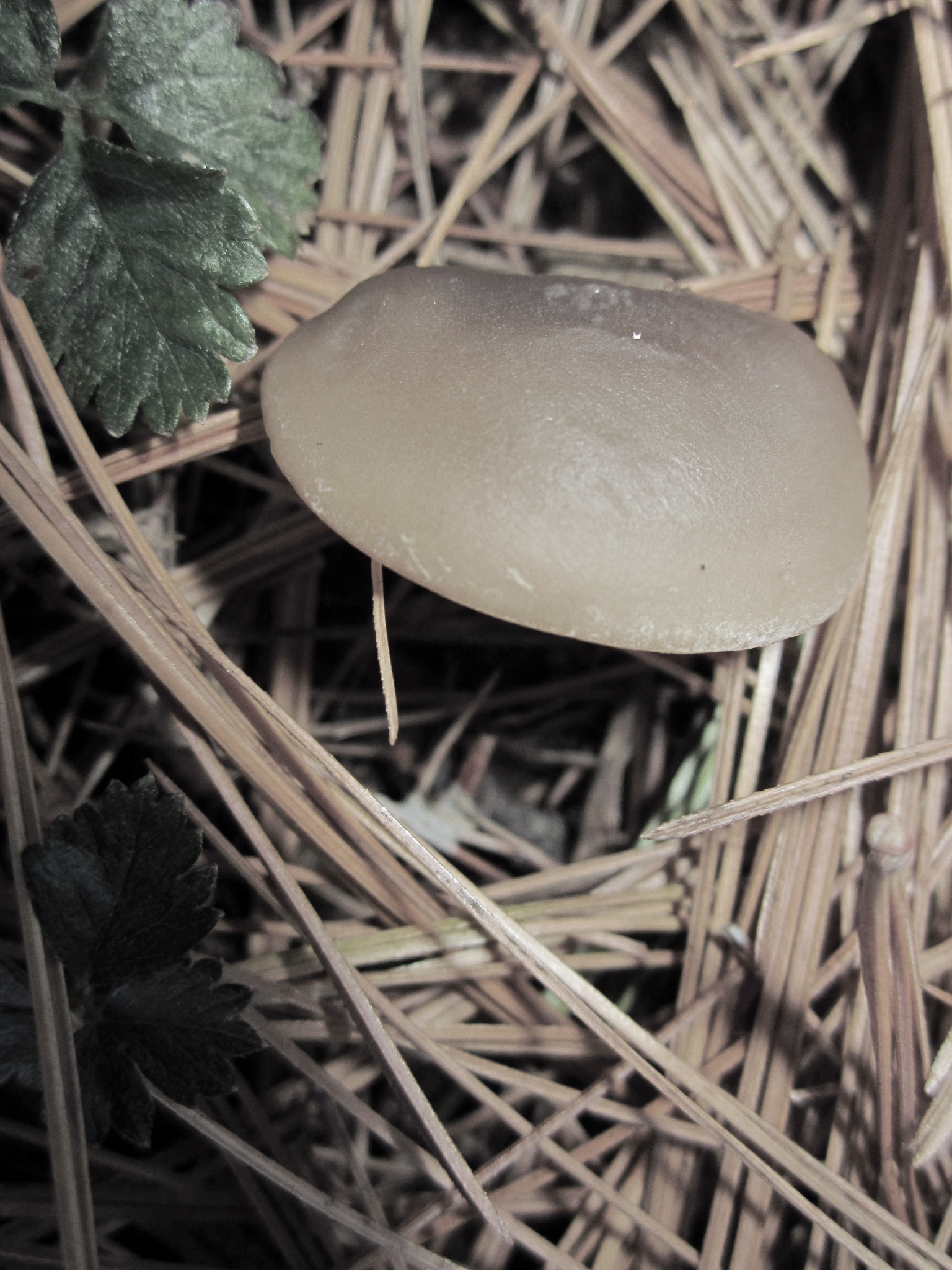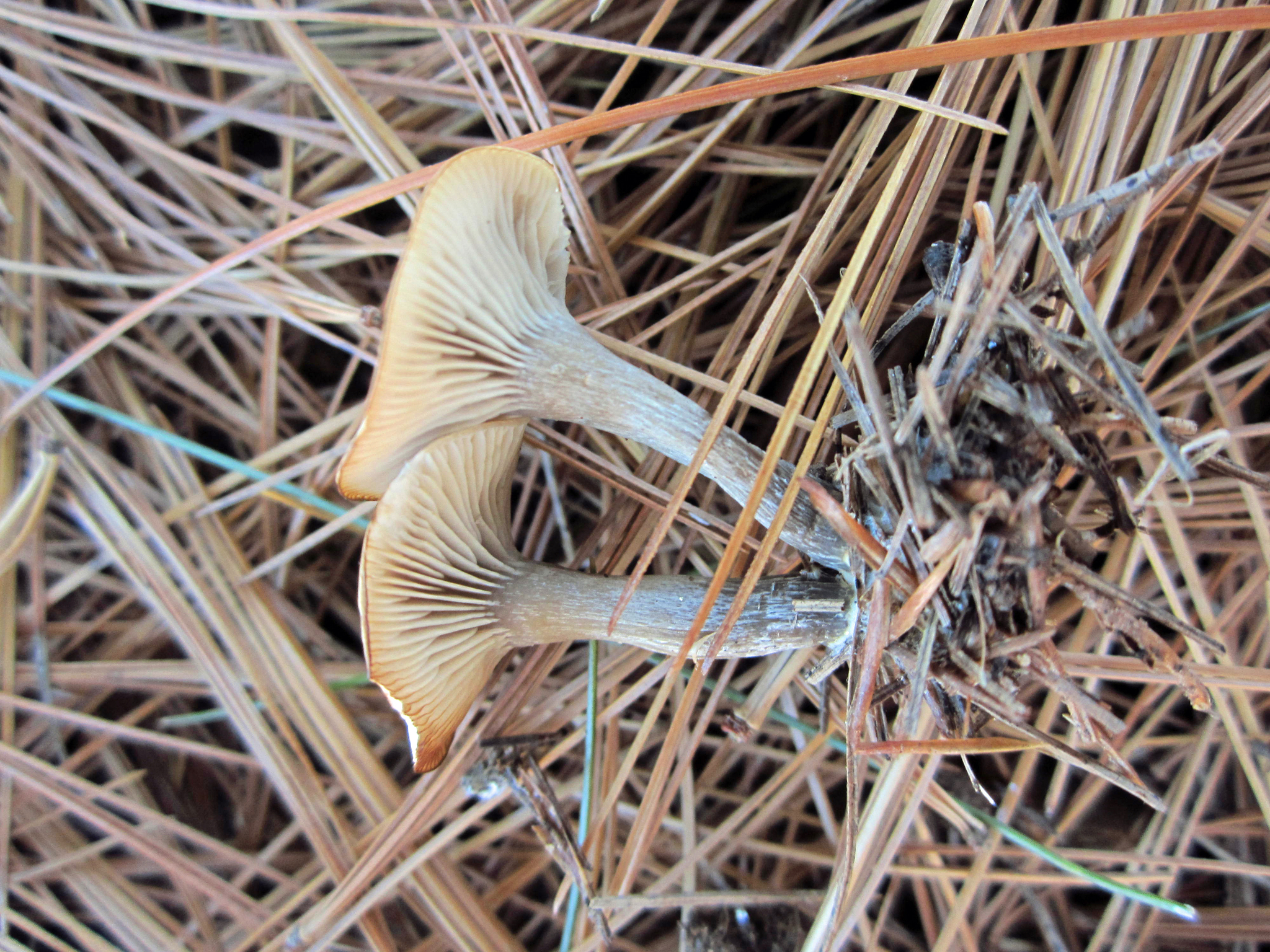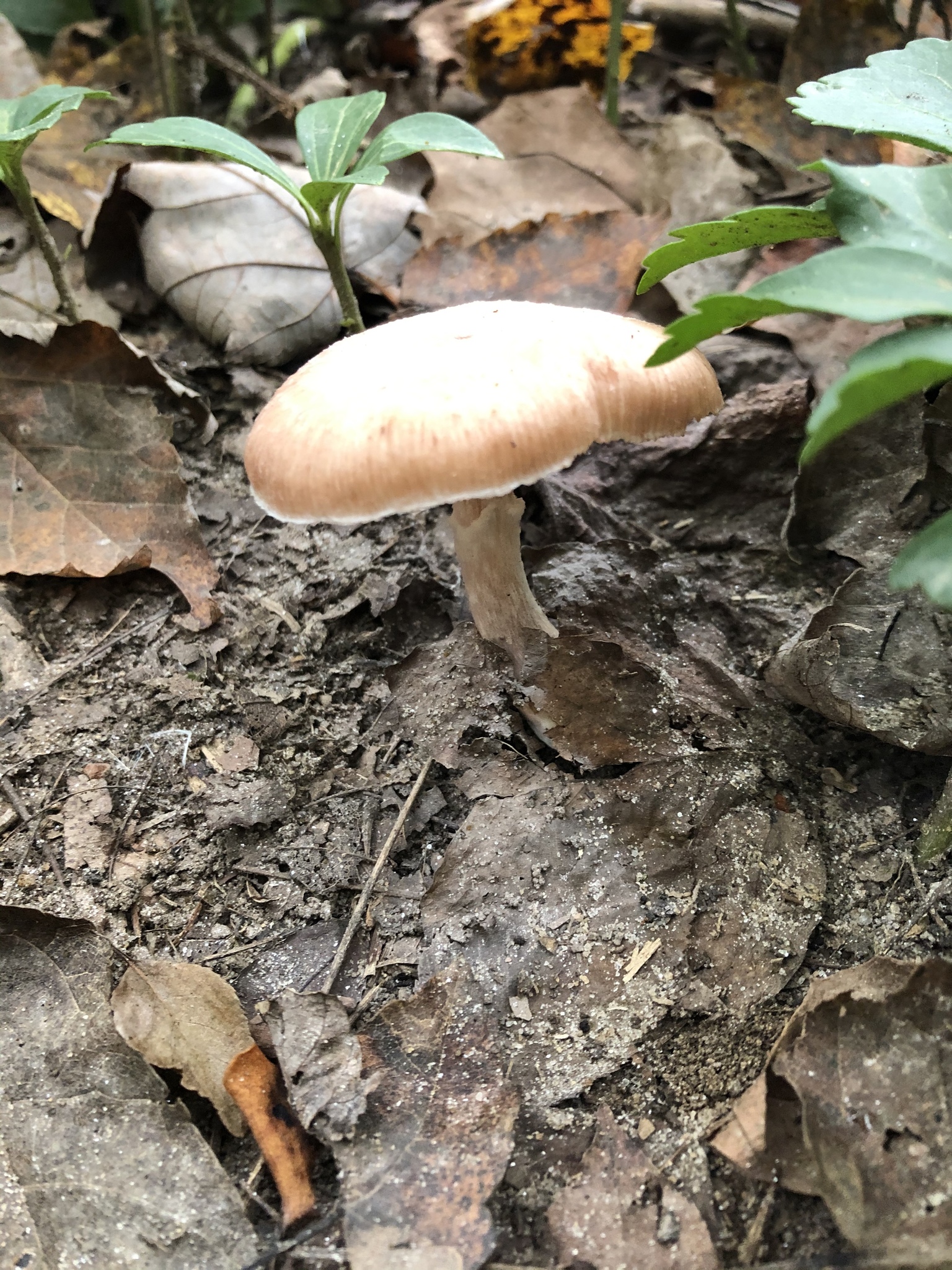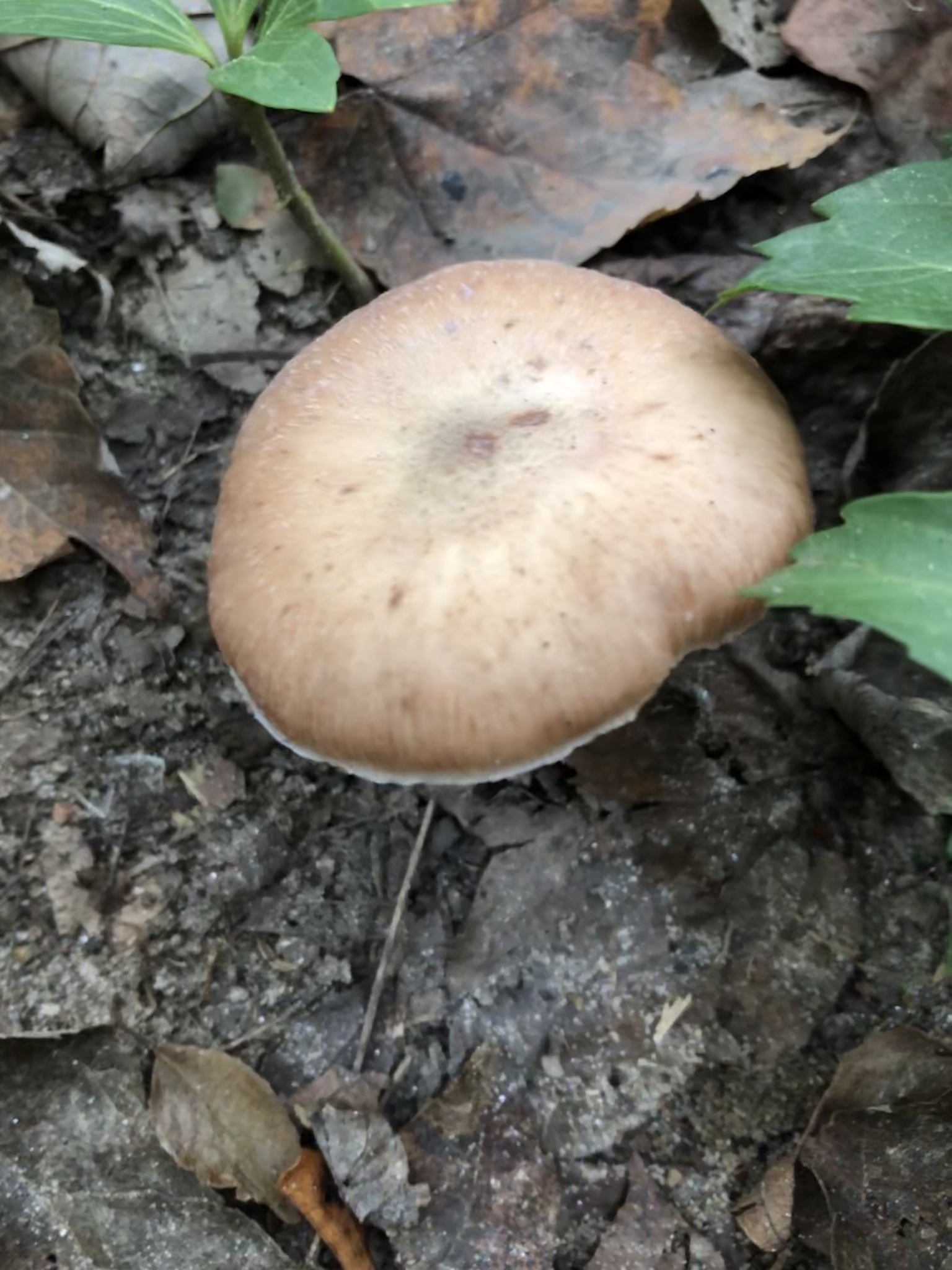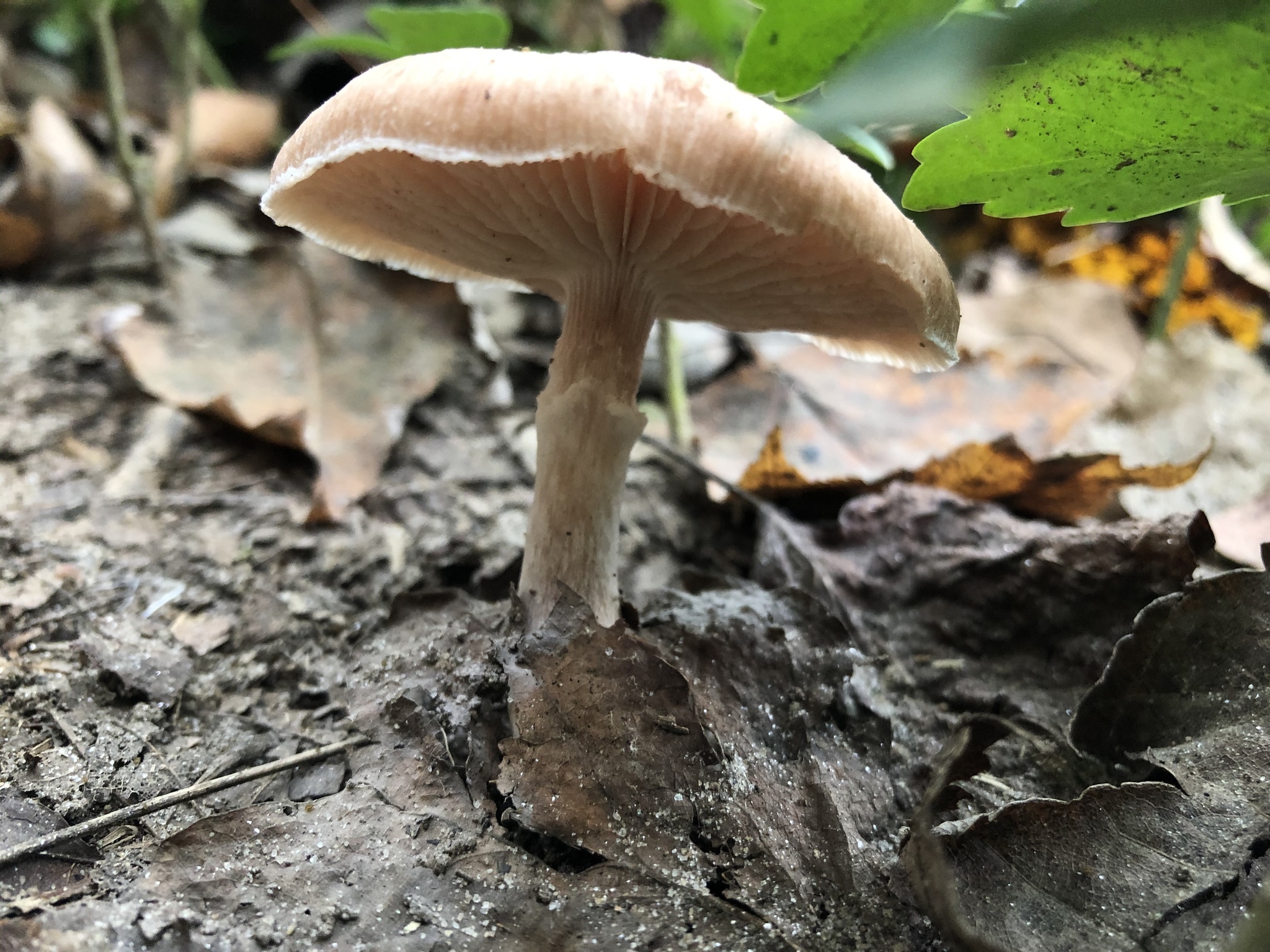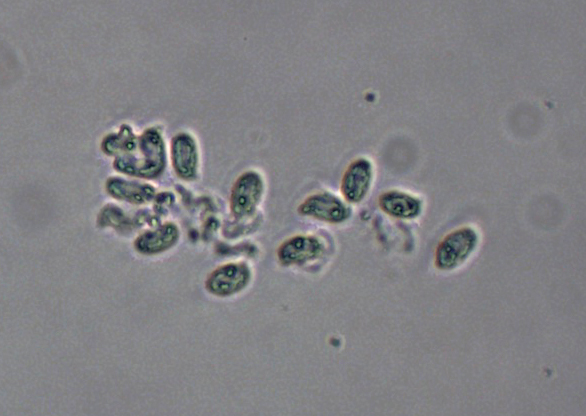Map Snapshot




3 Records
Seasonality Snapshot
Eating mushrooms can be dangerous. One should do so only with expert advice and great care. MBP accepts no liability for injury sustained in consuming fungi or other biodiversity. Use of media featured on Maryland Biodiversity Project is only permitted with express permission of the photographer.
Fragrant Funnel in Howard Co., Maryland (12/26/2014). (c) Joanne and Robert Solem, some rights reserved (CC BY-NC).
View Record Details
Media by
Joanne Solem.
Fragrant Funnel in Carroll Co., Maryland (12/22/2019). (c) Emilio Concari, some rights reserved (CC BY-NC).
View Record Details
Media by
Emilio Concari.
Fragrant Funnel in Carroll Co., Maryland (12/22/2019). (c) Emilio Concari, some rights reserved (CC BY-NC).
View Record Details
Media by
Emilio Concari.
Fragrant Funnel in Howard Co., Maryland (12/26/2014). (c) Joanne and Robert Solem, some rights reserved (CC BY-NC).
View Record Details
Media by
Joanne Solem.
Fragrant Funnel in Howard Co., Maryland (12/26/2014). (c) Joanne and Robert Solem, some rights reserved (CC BY-NC).
View Record Details
Media by
Joanne Solem.
Fragrant Funnel in Montgomery Co., Maryland (10/11/2020). (c) claremoore, some rights reserved (CC BY-NC).
View Record Details
Media by
claremoore via iNaturalist.
Fragrant Funnel in Montgomery Co., Maryland (10/11/2020). (c) claremoore, some rights reserved (CC BY-NC).
View Record Details
Media by
claremoore via iNaturalist.
Fragrant Funnel in Montgomery Co., Maryland (10/11/2020). (c) claremoore, some rights reserved (CC BY-NC).
View Record Details
Media by
claremoore via iNaturalist.
Spores collected from a Fragrant Funnel specimen in Howard Co., Maryland (12/26/2014). (c) Joanne and Robert Solem, some rights reserved (CC BY-NC).
View Record Details
Media by
Joanne Solem.
Source: Wikipedia
| Clitocybe fragrans | |
|---|---|

| |
| Scientific classification | |
| Domain: | Eukaryota |
| Kingdom: | Fungi |
| Division: | Basidiomycota |
| Class: | Agaricomycetes |
| Order: | Agaricales |
| Family: | Clitocybaceae |
| Genus: | Clitocybe |
| Species: | C. fragrans
|
| Binomial name | |
| Clitocybe fragrans | |
| Synonyms[1] | |
| |
| Clitocybe fragrans | |
|---|---|
| Gills on hymenium | |
| Cap is flat | |
| Hymenium is decurrent | |
| Stipe is bare | |
| Spore print is white | |
| Ecology is mycorrhizal | |
| Edibility is edible but not recommended | |
Clitocybe fragrans is a species of mushroom with several lookalikes, some of which are poisonous.
Description
[edit]It is a white mushroom with a "fragrant" (fragrans) odor of aniseed and can be confused with the aniseed toadstool. The cap ranges from 1–5 centimetres (1⁄2–2 in) in diameter. The stem is 2–6 cm (3⁄4–2+3⁄8 in) long and 2–5 millimetres (1⁄16–3⁄16 in) wide.[2]
Similar species
[edit]It resembles the deadly Clitocybe dealbata (which lacks the anise odor)[2] and the edible Clitocybe odora.[2]
Distribution and habitat
[edit]It can be found throughout Europe growing in broadleaf woodland, from August to December.[3]
Edibility
[edit]While edible, some guides caution against its consumption as it can be confused with deadly poisonous species.[4] It can be preserved by drying.[3]
References
[edit]- ^ "Synonymy: Clitocybe fragrans (With.) P. Kumm". Index Fungorum. CAB International. Retrieved 2012-12-15.
- ^ a b c Davis, R. Michael; Sommer, Robert; Menge, John A. (2012). Field Guide to Mushrooms of Western North America. Berkeley: University of California Press. pp. 148–149. ISBN 978-0-520-95360-4. OCLC 797915861.
- ^ a b Francis-Baker, Tiffany (2021). Concise Foraging Guide. The Wildlife Trusts. London: Bloomsbury. p. 136. ISBN 978-1-4729-8474-6.
- ^ Phillips, Roger (2010). Mushrooms and Other Fungi of North America. Buffalo, NY: Firefly Books. p. 61. ISBN 978-1-55407-651-2.
External links
[edit]
